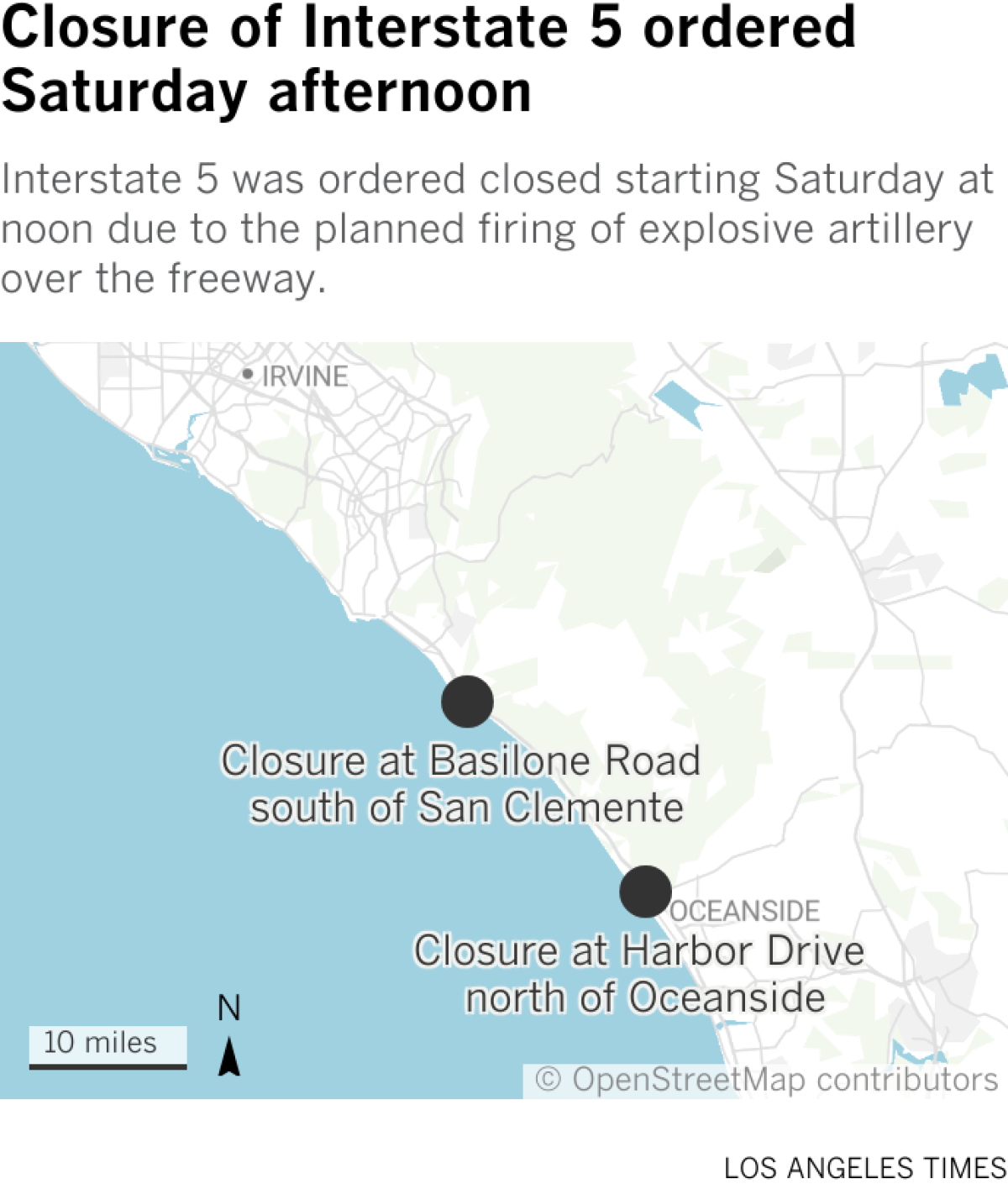Talks to end the government shutdown intensify as federal closure on track to become longest ever
WASHINGTON — Signs of a potential end to the government shutdown intensified Tuesday with behind-the-scenes talks, as the federal closure was on track to become the longest ever disrupting the lives of millions of Americans.
Senators from both parties, Republicans and Democrats, are quietly negotiating the contours of an emerging deal. With a nod from their leadership, the senators seek a way to reopen the government, put the normal federal funding process back on track and devise some sort of resolution to the crisis of expiring health insurance subsidies that are spiking premium costs from coast to coast.
“Enough is enough,” said Senate Majority Leader John Thune, the South Dakota Republican, as he opened the deadlocked chamber.
On day 35 of the federal government shutdown, the record for the longest will be broken after midnight. With SNAP benefits interrupted for millions of Americans depending on federal food aid, hundreds of thousands of federal employees furloughed or working without pay and contracts being delayed, many on and off Capitol Hill say it’s time for it to end. Transportation Secretary Sean Duffy predicted there could be chaos in the skies next week if the shutdown drags on and air traffic controllers miss another paycheck. Labor unions put pressure on lawmakers to reopen the government.
Election Day is seen as a turning point
Tuesday’s elections provide an inflection point, with off-year governor’s races in Virginia and New Jersey, along with the mayor’s race in New York that will show voter attitudes, a moment of political assessment many hope will turn the tide. Another test vote Tuesday in the Senate failed, as Democrats rejected a temporary government funding bill.
“We’re not asking for anything radical,” Senate Democratic Leader Chuck Schumer said. “Lowering people’s healthcare costs is the definition of common sense.”
Unlike the earlier shutdown during President Trump’s first term, when he fought Congress in 2018-19 for funds to build the U.S.-Mexico border wall, the president has been largely absent from this shutdown debate.
Trump threatens to halt SNAP food aid
But on Tuesday, Trump issued a fresh threat, warning he would halt SNAP food aid unless Democrats agree to reopen the government.
SNAP benefits “will be given only when the Radical Left Democrats open up government, which they can easily do, and not before!” Trump said on social media. That seemed to defy court orders to release the Supplemental Nutrition Assistance Program contingency funds.
His top spokeswoman, press secretary Karoline Leavitt, said later that the administration continues to pay out SNAP funding in line with court orders.
With House Speaker Mike Johnson having sent lawmakers home in September, most attention is on the Senate. There, the leadership has outsourced negotiations to a loose group of centrist dealmakers from both parties have been quietly charting a way to end the standoff.
“We pray that today is that day,” said Johnson, R-La., holding his daily process on the empty side of the Capitol.
Contours of a potential deal
Central to any endgame will be a series of agreements that would need to be upheld not only by the Senate, but also the House, and the White House, which is not at all certain in Washington where Republicans have full control of the government.
First of all, senators from both parties, particularly the powerful members of the Appropriations Committee, are pushing to ensure the normal government funding process can be put back on track.
Sen. Susan Collins, R-Maine, the chair of the Senate Appropriations Committee, and GOP Sen. Mike Rounds of South Dakota, along with several Democrats, including Sens. Jeanne Shaheen and Maggie Hassan of New Hampshire, and Chris Coons of Delaware, are among those working behind the scenes.
“The pace of talks have increased,” said Sen. Gary Peters, D-Mich., who has been involved in conversations.
Among the goals is guaranteeing upcoming votes on a smaller package of bills where there is already widespread bipartisan agreement to fund various aspects of governments, like agricultural programs and military construction projects at bases.
“I certainly think that that three-bill package is primed to do a lot of good things for the American people,” said Sen. Katie Britt, R-Ala, who has also been in talks.
More difficult, a substantial number of senators also want some resolution to the standoff over the funding for the Affordable Care Act subsidies that are set to expire at year’s end.
White House won’t engage on health care until government reopens
The White House says its position remains unchanged and that Democrats must vote to fund the government until talks over health care can begin. White House officials are in close contact with GOP senators who have been quietly speaking with key Senate Democrats, according to a senior White House official. The official was granted anonymity to discuss administration strategy.
With insurance premium notices being sent, millions of Americans are experiencing sticker shock on skyrocketing prices. The loss of federal subsidies, which come in the form of tax credits, are expected to leave many people unable to buy health insurance.
Republicans, with control of the House and Senate, are reluctant to fund the health care program, also known as Obamacare. But Thune has promised Democrats a vote on their preferred proposal, on a date certain, as part of any deal to reopen government.
That’s not enough for some senators, who see the health care deadlock as part of their broader concerns with Trump’s direction for the country.
“Trump is a schoolyard bully,” said Sen. Bernie Sanders, the Independent from Vermont, in an op-ed. “Anyone who thinks surrendering to him now will lead to better outcomes and cooperation in the future does not understand how a power-hungry demagogue operates.”
Moreover, Democrats, and some Republicans, are also pushing for guardrails to prevent the Trump administration’s practice of unilaterally slashing funds for programs that Congress had already approved, by law, the way billionaire Elon Musk did earlier this year at the Department of Government Efficiency.
With the Senate, which is split 53-47, having tried and failed more than a dozen times to advance the House-passed bill over the filibuster, that measure is out of date. It would have funded government to Nov. 21.
Trump has demanded senators nuke the filibuster, the Senate rule that requires a 60-vote threshold to advance most legislation, which preserves minority rights in the chamber. GOP senators panned that demand.
Both Thune and Johnson have acknowledged they will need a new temporary measure. They are eyeing one that skips past the Christmas holiday season, avoiding what often has been a year-end crunch, and instead develop an agreement that would keep government running into the near year, likely January.
Mascaro and Jalonick write for the Associated Press. AP writers Kevin Freking, Seung Min Kim and Matt Brown contributed to this story.





